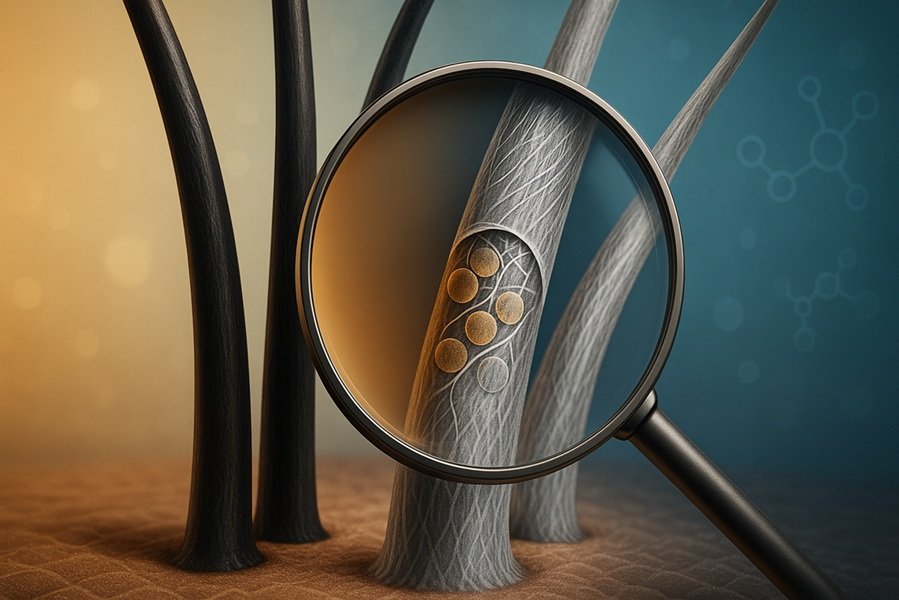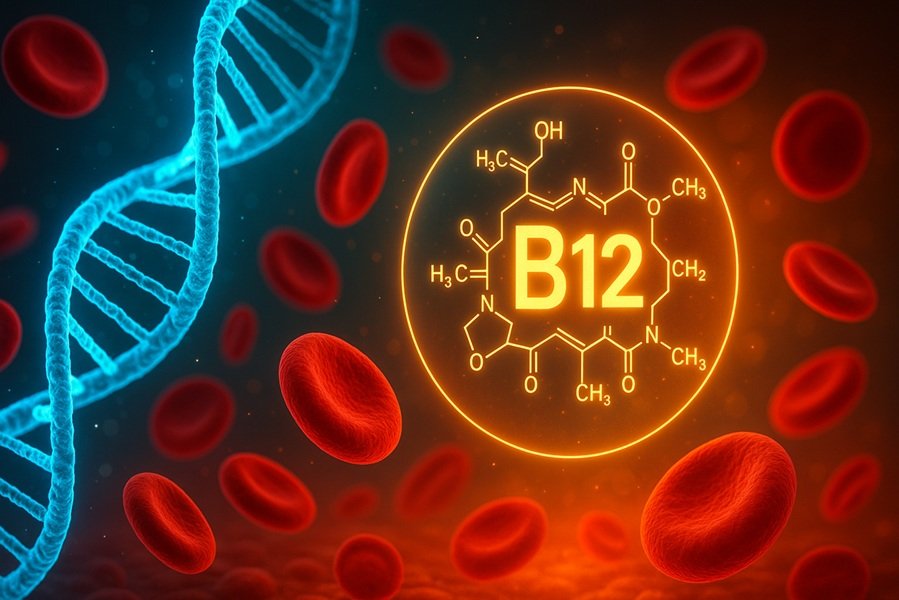
PFAS (pronounced pee-fass) stands for Per- and Polyfluoroalkyl Substances, a large group of over 15,000 synthetic chemicals widely used in consumer and industrial products. PFAS are often called “Forever Chemicals” because they do not break down easily in the environment or in the human body, leading to persistent global contamination.
Originally developed in the 1940s, PFAS became popular for their unique chemical properties—resistance to water, oil, heat, and stains. However, decades later, scientific studies have linked PFAS exposure with severe health risks, prompting global regulatory actions and environmental cleanup efforts.
What Are PFAS?
PFAS are man-made fluorinated compounds, defined by a chain of carbon atoms bonded to fluorine, one of the strongest chemical bonds known. This strong carbon-fluorine bond makes PFAS extremely stable and nearly indestructible, which is why they persist for decades in air, water, soil, animals, and humans.
Common Types of PFAS
| Type | Full Name | Use/Notes |
|---|---|---|
| PFOA | Perfluorooctanoic Acid | Used in non-stick cookware (Teflon), phased out in many countries |
| PFOS | Perfluorooctane Sulfonate | Previously used in firefighting foams and stain repellents |
| GenX | Replacement PFAS chemical | Introduced as a “safer” alternative but still under scrutiny |
| PFHxS / PFNA | Variants in PFAS family | Found in carpets, textiles, and waterproof coatings |
Where Are PFAS Found?
PFAS are present in everyday products, often without consumer awareness.
Household & Consumer Products Containing PFAS
- Non-stick cookware (Teflon-coated pans)
- Waterproof clothing (rain jackets, outdoor gear)
- Stain-resistant upholstery & carpets
- Fast-food wrappers & pizza boxes
- Cosmetics (mascaras, foundations, lipsticks)
- Dental floss
- Cleaning products
Industrial & Military Uses
- Firefighting foams (AFFF)
- Electronics manufacturing
- Oil and chemical refineries
- Aerospace and automotive sectors
How Do PFAS Enter the Environment?
PFAS travel through:
- Wastewater Drainage → From households and industries.
- Landfills → PFAS leach into groundwater.
- Air Emissions → From factories producing fluorochemicals.
- Firefighting Sites → Contaminated soil and water around airports and military bases.
Once released, PFAS spread globally through water systems, even reaching Arctic wildlife, proving how persistent they are.
How Do PFAS Enter the Human Body?
Humans are exposed to PFAS mainly through:
- Drinking contaminated water
- Eating food grown in polluted soil
- Consuming fish and meat from polluted rivers/lakes
- Using cosmetics and skin-contact products with PFAS
- Breathing dust indoors
PFAS can accumulate in blood, liver, and organs, remaining for years.
Health Risks Linked to PFAS Exposure
Scientific research associates PFAS with serious health issues:
Short & Long-Term Health Impacts
| Health Risk | Explanation |
|---|---|
| Hormonal Disruption | PFAS interfere with endocrine functions |
| Immune System Suppression | Reduced vaccine effectiveness has been documented |
| Increased Cholesterol Levels | A common effect observed in long-term exposure |
| Thyroid Disease | PFAS disrupt metabolism and thyroid hormones |
| Kidney & Testicular Cancer | Studies show strong links in exposed populations |
| Reproductive Problems | Reduced fertility, low birth weight, developmental delays |
Pregnant women and children are considered most at risk.
PFAS in Water: A Growing Global Crisis
In many regions, PFAS contamination in drinking water has become a public health emergency.
Studies suggest that over 200 million people worldwide may be drinking PFAS-contaminated water.
Countries with Notable PFAS Issues
- United States
- Australia
- Japan
- European Union countries
- India (especially near industrial zones in Gujarat, Maharashtra & Odisha)
Global Regulations on PFAS
United States
- EPA is setting national drinking water limits for PFAS.
- Many states have banned PFAS in firefighting foam and food packaging.
European Union
- EU is considering a complete ban on PFAS manufacturing and usage.
Australia, Canada & Japan
- Phasing out PFAS from firefighting foam and textile industries.
India
- Regulatory framework is emerging.
- The Central Pollution Control Board (CPCB) has begun monitoring PFAS in water sources.
- BIS may soon propose limits for PFAS in food packaging and water.
How to Reduce Personal Exposure to PFAS
Practical Everyday Tips
- Use PFAS-free cookware (cast iron, stainless steel, ceramic).
- Avoid microwave popcorn bags and grease-resistant food packaging.
- Check labels for chemicals like PTFE, PFOS, PFOA.
- Use water filters with activated carbon or reverse osmosis (RO).
- Prefer natural fiber clothing (cotton, wool) over synthetic water-repellents.
PFAS Alternatives and Future Outlook
Scientists are developing biodegradable chemicals and green materials to replace PFAS in:
- Textile waterproofing
- Non-stick cookware coatings
- Industrial lubricants
Governments and companies are investing in PFAS removal technologies, including:
- Activated carbon filtration
- Ion exchange
- High-pressure membranes
- Plasma-based destruction systems
However, complete remediation remains challenging due to the chemical stability of PFAS.
Conclusion
PFAS have played a significant role in technological and consumer product development, but their persistence and health risks have turned them into a major global environmental concern. As research advances and regulations tighten, awareness and personal caution are essential.
Understanding PFAS empowers individuals and industries to make healthier and safer choices, protecting future generations from the harmful effects of these “Forever Chemicals.”





